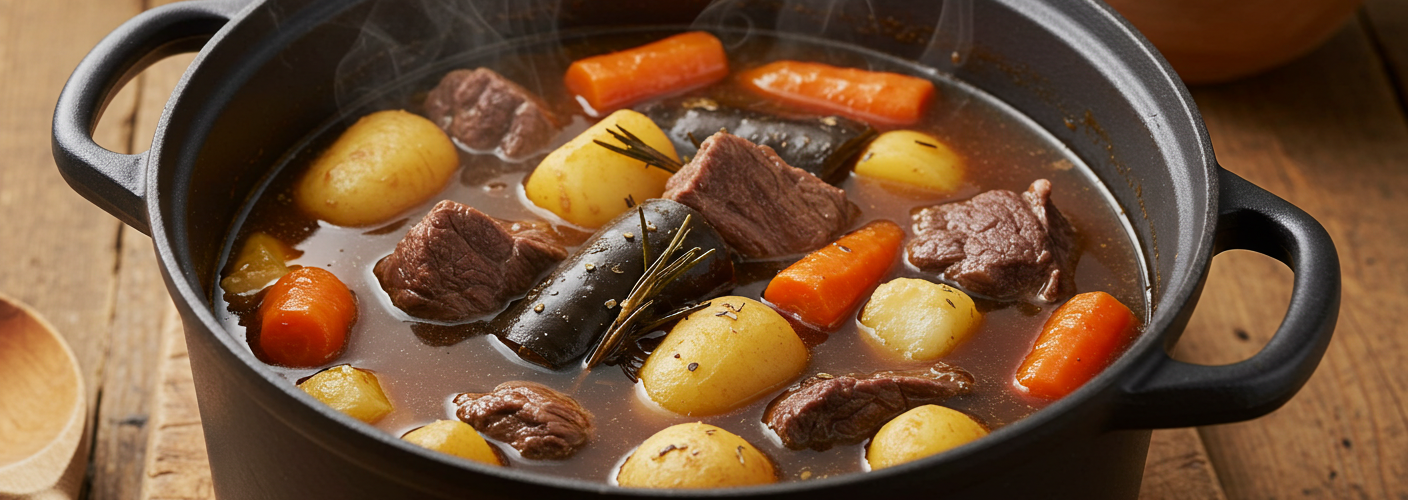As the weather cools down and the days grow shorter, there’s nothing quite like a warming bowl of cawl. This traditional Welsh stew, which celebrates simplicity and the bounties of nature, is the perfect dish to embrace as we transition into the heart of autumn and winter. With its rich flavors and hearty ingredients, cawl embodies the comfort of home-cooked meals while allowing for creativity based on seasonal vegetables and available meats.
The Heart of Cawl: Ingredients
At its core, cawl is a stew, but what sets it apart is its flexibility. Traditionally, cawl was made by simmering available meats—often lamb or beef—with an array of root vegetables that could be found in the local market or harvested from the garden. Typical vegetables include potatoes, carrots, leeks, and swedes (rutabagas), which not only add depth of flavor but also provide a nourishing base.
One of the beautiful aspects of cawl is its adaptability. Depending on the season, you can swap in other hearty vegetables like parsnips or even kale, further enhancing the dish’s nutritional profile. Whether you stick with classic ingredients or decide to incorporate something unique, such as squash or turnips, the essence of cawl remains – it’s all about utilizing what you have on hand.
Crafting Your Cawl
Making cawl is a straightforward process that invites everyone to get involved, making it a perfect family-oriented dish. Start by browning pieces of your chosen meat in a large pot over medium heat. This step not only helps develop a rich flavor base but also fills your kitchen with an inviting aroma. Once your meat is browned, add chopped onions and garlic, allowing them to soften before introducing your chopped root vegetables.
Cover the ingredients with stock—beef or vegetable, depending on your preference—and let the stew simmer gently for at least an hour. This slow-cooking method allows the flavors to meld beautifully, and the meat becomes tender and succulent. For added flavor, consider throwing in herbs like thyme or rosemary, which complement the hearty ingredients perfectly.
A Comforting Tradition
Cawl isn’t just about the dish itself; it carries a history deeply rooted in Welsh culture. Traditionally served at family gatherings and celebrations, this stew represents warmth and hospitality. In some regions, it is even customary to serve cawl with a side of crusty bread and an optional dollop of cheese on top—creating a perfect blend of textures and flavors.
What makes this dish truly special is not just its taste but the memories it creates. Gather your family around the table to share stories as you enjoy a comforting bowl of cawl. The communal aspect of cooking and sharing this meal helps cultivate strong bonds and creates lasting memories.
A Modern Take on a Classic
In today’s fast-paced world, cawl remains relevant not just for its taste but also as a reminder to embrace wholesome, sustainable cooking methods. It encourages us to cook mindfully, using seasonal ingredients while minimizing waste. As we focus more on health and wellbeing, incorporating dishes like cawl into our weekly meal planning can lead to healthier choices and more meaningful mealtime experiences.
As the frost touches the ground, gather your ingredients and prepare a comforting pot of cawl. Discover the joy of this traditional Welsh stew as you warm your home and your hearts during the colder months. Enjoy this culinary tradition that unites generations and highlights the very best of seasonal eating.




Add comment